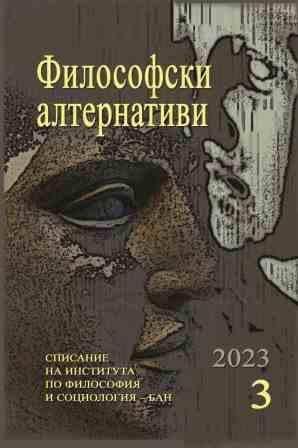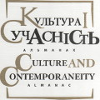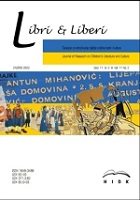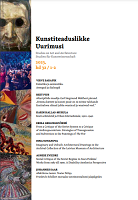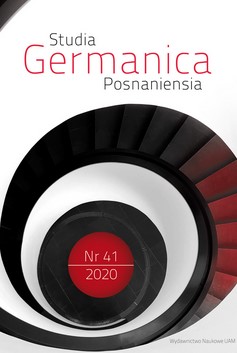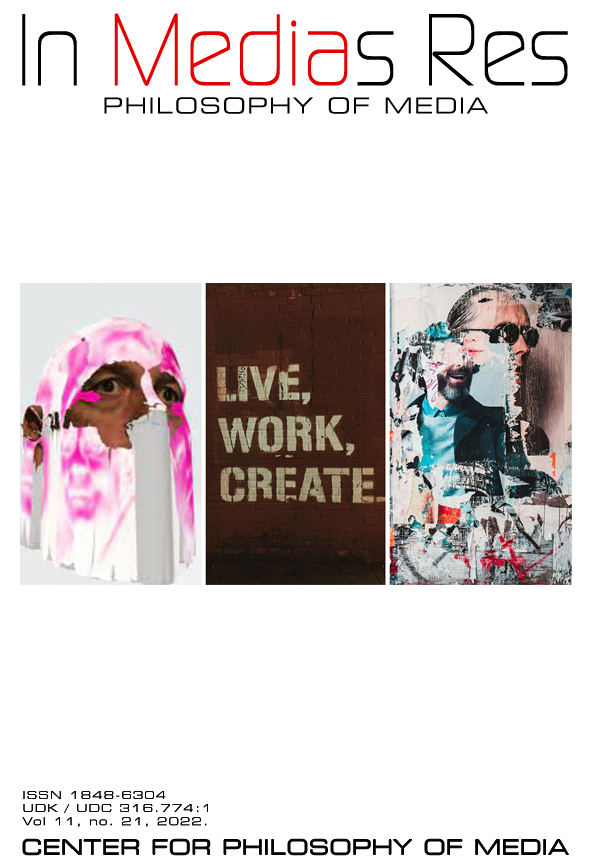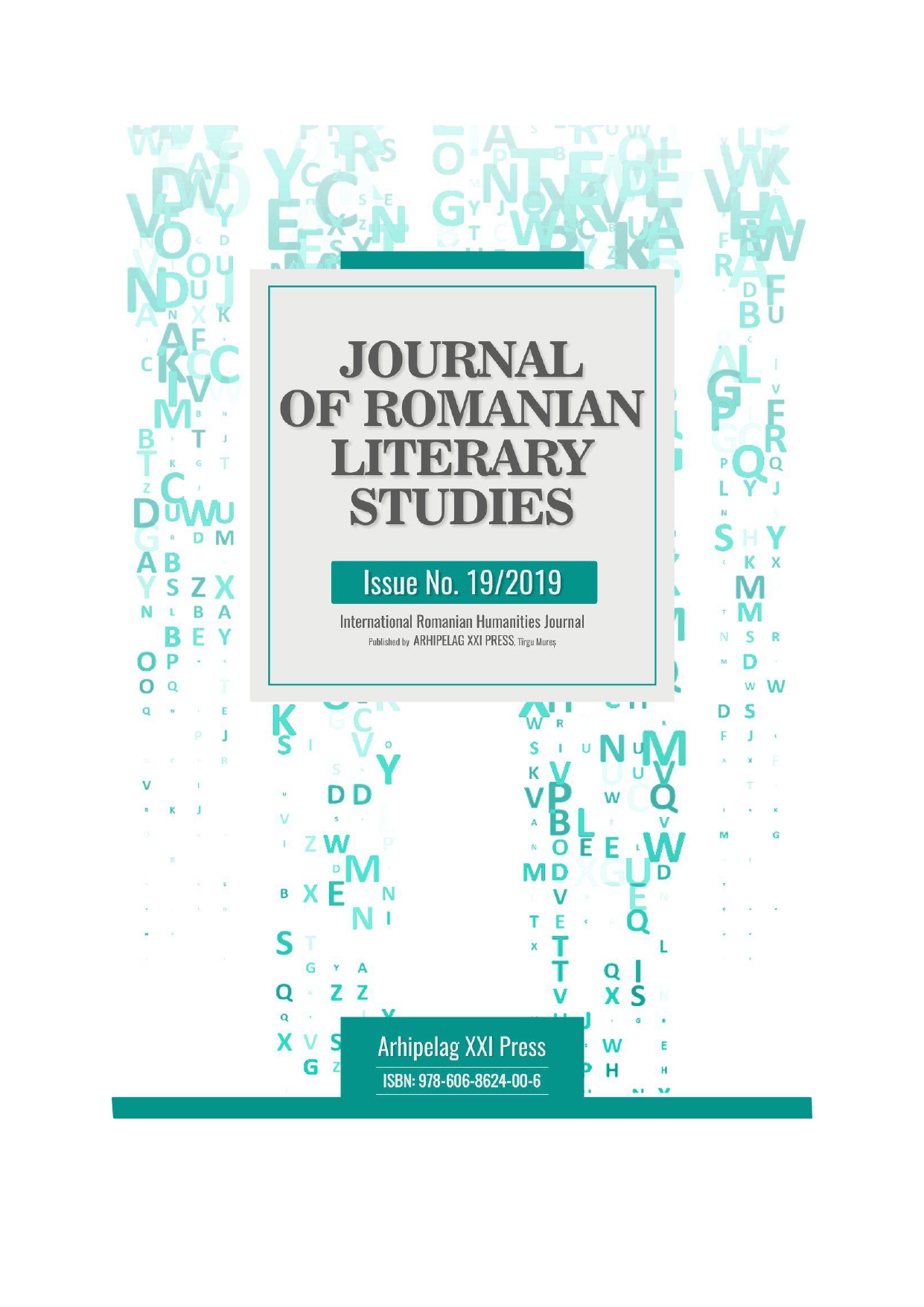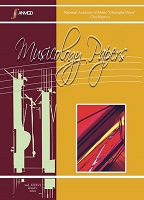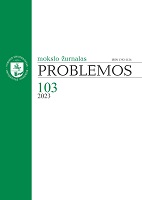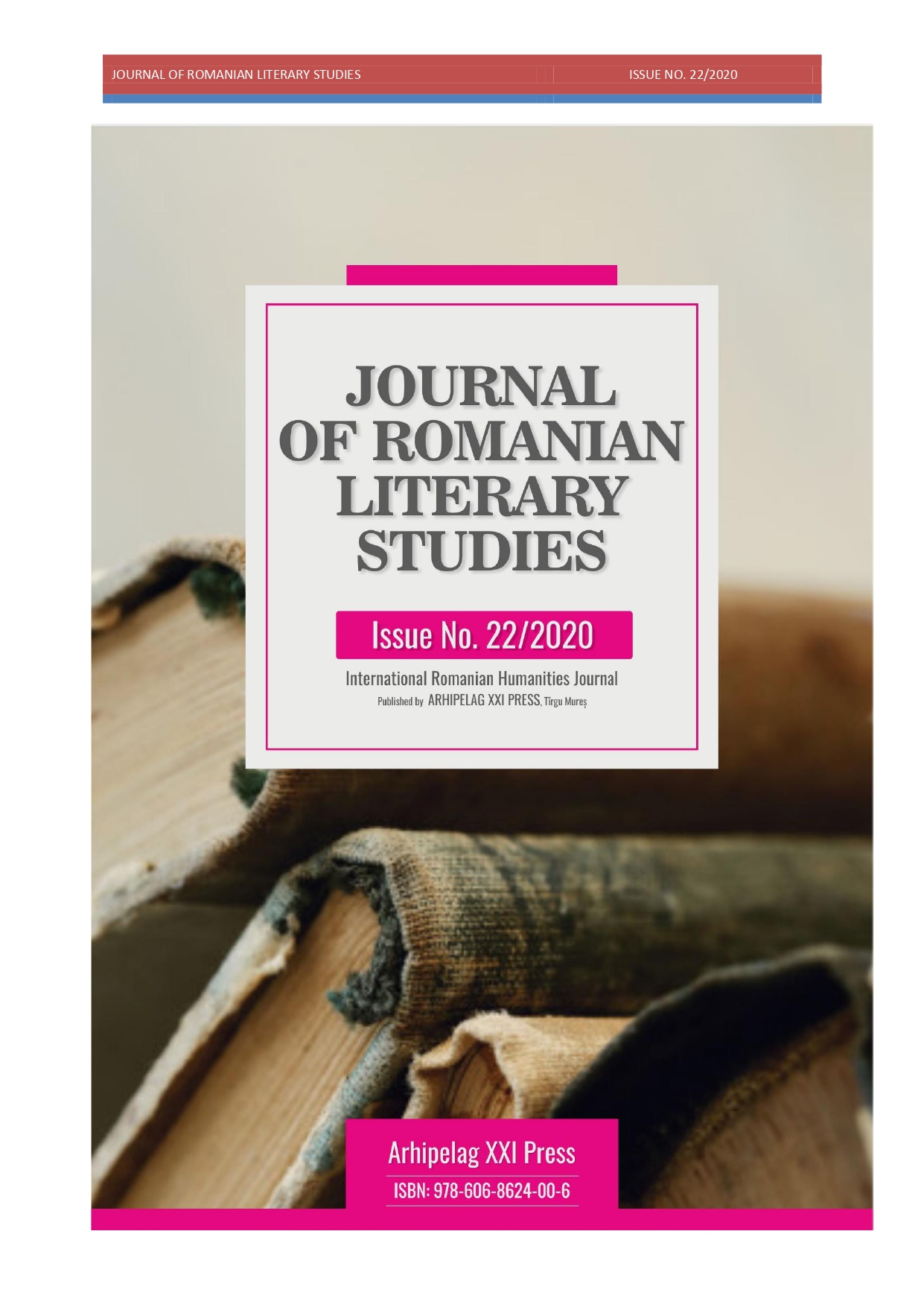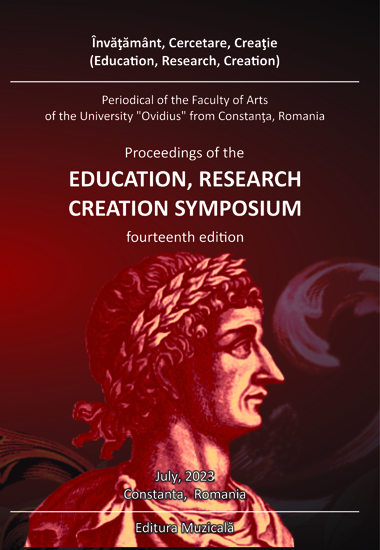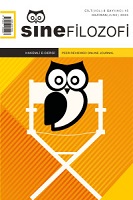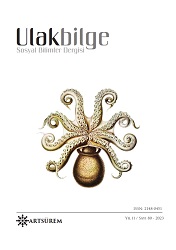
ÇAĞDAŞ TÜRKİYE SANATININ FEMİNİST ÖZNELERİ VE TOPLUMSAL CİNSİYET OLGUSU ÜZERİNE HERMENEUTIK BİR YAKLAŞIM
Within the social order where masculine oppression is prevalent, the systematic foundations of feminism phenomenon which emerges as a field of struggle based on the goal of women to achieve equal rights and freedom and which also aims to improve the position and rights of women in the society began to manifest themselves in the 18th century. Feminism which helps preclude the oppression felt by women whether it is in private or public spheres became the focal point of artistic creation as well in the second half of the 20th century. Feminist moves which surfaced during the modernization phase of the Turkish art rendered the existence of women as an identity in art visible. From the second half of the 20th century onwards the identity phenomenon which distinctively revealed itself was scrutinized particularly by female artists and approached with a feminist vantage point. Prominent artists such as Gülsün Karamustafa, Nur Koçak, İpek Duben, Şükran Moral, Nil Yalter, Canan Şenol and Nezaket Ekici have discussed within their artistic creations the dominance of masculine mentality with regard to female identity and body, producing a substantial number of performances on social gender. The Turkish feminist artists laying bare the alienation from the female body are seen to have concentrated on opposing subjects such as social gender, identity, body, culture, politics and religion. The aim of this study which has been carried out is to fulfill a reading of social gender from the eyes of the artists who made their presence felt within the context of feminist theory. The art practices of the artists within the extent of this study have been discussed with a method of hermeneutic analysis and evaluated in terms of social gender.
More...
